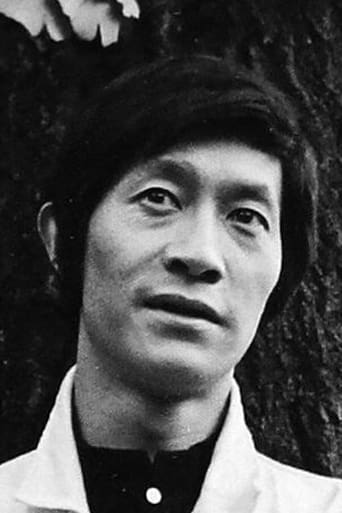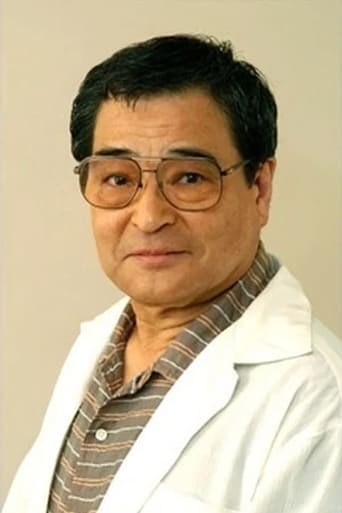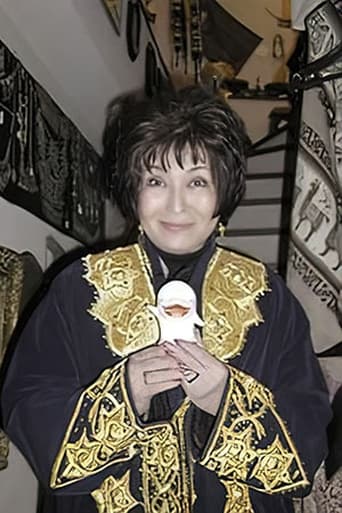Brendon Jones
It’s fine. It's literally the definition of a fine movie. You’ve seen it before, you know every beat and outcome before the characters even do. Only question is how much escapism you’re looking for.
Brian Camp
SUN VULCAN THE MOVIE (1981) is a 28-minute movie spin-off of the "Solar Squadron Sun Vulcan" (Taiyo Sentai Sanbarukan) TV series, the 1981 season in the long-running "sentai" (superhero team) franchise that began on Japanese TV in 1975 with "Goranger" and continues to this day with the 2015 season, "Shuriken Sentai Ninninger." (The sentai franchise has contributed action scenes to the U.S.-produced Power Rangers franchise since 1993.) As such, it basically plays like a typical TV episode but packs in far more action and more spectacular stunts than normal for the show. I have the film as part of a DVD set of sentai movie spin-offs of the 1980s and it comes in Japanese with no translation, so I can't give much of a plot description. Still, it's mostly action anyway and easily enjoyed if you already have a love of the genre.As usual for the franchise, there are outlandishly costumed villains, including four female henchwomen in attractive outfits who do most of the heavy lifting. Here they kidnap two impossibly cute children, a girl, Yukari, and her younger brother Tsutomu, and hold them hostage while laying in wait to ambush the Sun Vulcan team when they show up to try to rescue the tykes. They've also got a monster on deck, played by an actor in a rubber suit, to create extensive property damage and provide the formidable opponent sentai heroes always needed. This one boasts a head that looks like a gumball machine circled by little cannons.Atypically for this franchise, Sun Vulcan consists of only three rangers, Red, Blue, and Yellow, all male. Their support team consists of an older man and his daughter who run a café when they're not working the control room for the team's various vehicles. Sentai teams from that period tended to have very large truck-like vehicles that would fly to the scene of battle and then unleash smaller vehicles and various weapons. Here the truck also transforms into the familiar-looking giant robot (or "zord," as such combat vehicles would later come to be known) which the heroes use to fight the monster after it turns giant-sized. I love the colors used for the vehicles, with the emphasis on primary colors (just like the three Rangers), a look enhanced by the rich color film stock from that period, something that cannot be recaptured in the digital era.Another great thing about sentai shows of this era is the inclusion of large numbers of risky stunts, often performed by the actors out of costume. Here we see the Red Ranger ("Vul Eagle"), before transforming, dangling from an actual helicopter by ropes and the camera zooms in to reveal that it's the actor himself and not a stuntman. Another notable aspect of the action scenes in these shows is the reliance on actual locations in and around Tokyo for the staging of the fights. Here, they take over a construction site in Tokyo for one sprawling battle scene and make use of the terrain quite creatively. There are also fights along cliffsides and on rocky coastal outcrops facing the sea. These can't have been easy stunts to pull off--in full costume--so they're pretty exciting to watch.The lead female villain, Cyborg Queen Hedrian, is played by Machiko Soga, who made a career out of playing such villains, and is best known in the U.S. as Rita Repulsa in "Mighty Morphin Power Rangers," in which ample footage of her from its Japanese counterpart, "Zyuranger," was dubbed into English for the U.S. version. Soga's character is seen only briefly in this movie and only appears in two short scenes, while her four female lieutenants, led by Yukie Kagawa as Amazon Killer, do most of the work.



